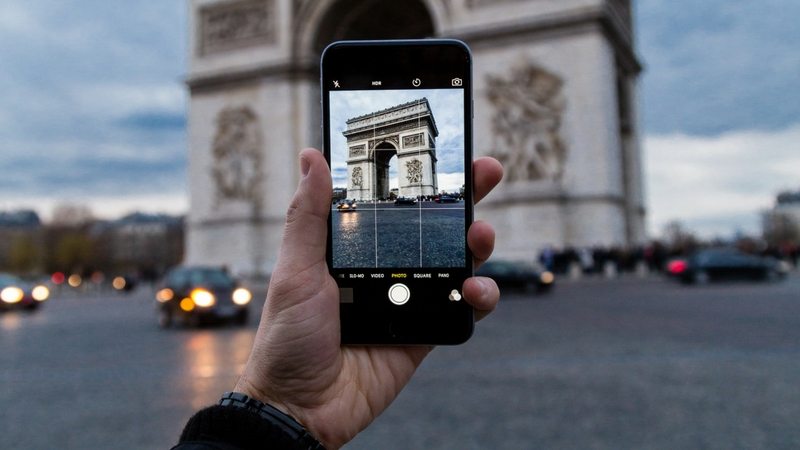Preparing Your Cellphone
Episode #4 of the course How to prepare to study abroad by Susanna M. Olson
One of the most useful tools you’ll have with you while traveling is your cellphone or smartphone. This lesson will explain how to set up your phone to work abroad.
In general, there are two major options for cellphone coverage abroad: an international plan from your local provider and a foreign SIM card.
International Phone Plan
Check with your service provider to see if they have any special international plans or programs. Many providers offer international plans that will add about $30-40 to your regular cellphone bill. These plans generally offer a small amount of data, cheap texting, and an expensive phone call rate.
If you go over your data allotment (even just a little), you could end up with a massive bill at the end of the month. To avoid racking up charges, consider taking the following steps:
• Use a data manager app to help you view and control your data usage habits.
• Limit data usage to only your most important apps (you can manage data usage in the settings section of your phone).
• Turn off automatic email downloads and automatic syncing.
• Consider turning off data roaming altogether. Save your data for emergencies and try to use Wi-Fi as much as possible.
Make sure to download WhatsApp, WeChat, Viber, or another messaging app before you go. These apps will allow you make phone calls, text, and even send videos and files for free whenever you have Wi-Fi.
Pro tip: There are many different messaging apps available for free on the app store, so which one should you choose? It may be a good idea to find out what the most commonly used messaging app is in your host country; that way, you can use your app to message not only your friends from home but also the new friends you make along the way. As a general reference, WhatsApp and Viber are most popular in Europe and South and Central America, while WeChat is popular in many parts of Asia.
SIM Card with an Unlocked Phone
International plans are best if you are only going to be studying abroad for a few weeks. If you are planning to live in a new place for semester or a year, it will likely make more sense to buy a SIM card abroad.
Step one. Make sure your phone is unlocked before you leave.
Most smartphones come unlocked (that means you can use it with a SIM card other than the one from your local provider). Still, it is important to make sure before you leave.
To test it out, pull out a SIM card from a friend’s phone and insert it into yours. If the phone works normally, you are good to go. Alternatively, contact your carrier, and they can test it for you (and will usually be willing to help you unlock it).
Step two. Once you arrive, buy a SIM card for $1-2 at the airport (or get one for free if you choose a local provider plan and work it all out ahead of time).
Once you have inserted the new SIM card and chosen a pay-as-you-go plan, you are free to start using your new local number. Buying SIM cards abroad is a fairly common practice. Many international airports even have SIM card vending machines, so you can get your phone completely set up before even leaving the airport.
Pro tip: Use the OpenSignal worldwide cell service map to find the best carrier and SIM card plan for your location before you go.
There you have it: everything you need to prepare your phone before you fly away. In the next lesson, we will discuss how to budget finances for your time abroad.
Recommended reading
Do We Need Technology to Travel?
A Traveler’s Guide to Using a Smartphone Abroad
Share with friends

